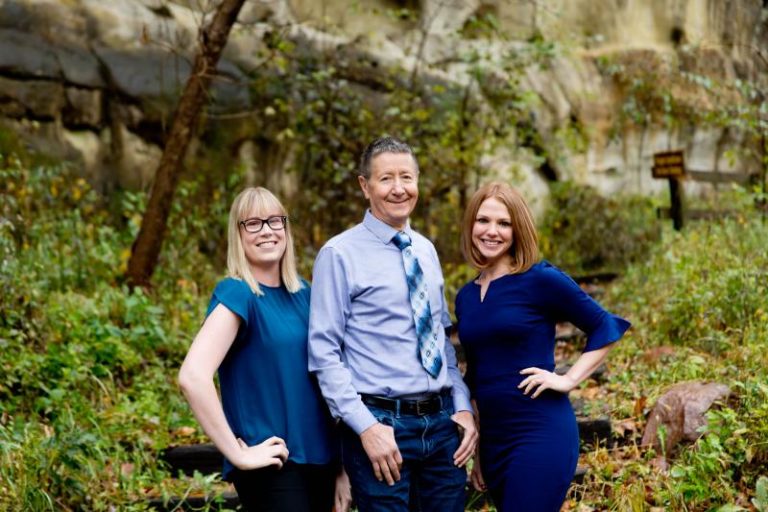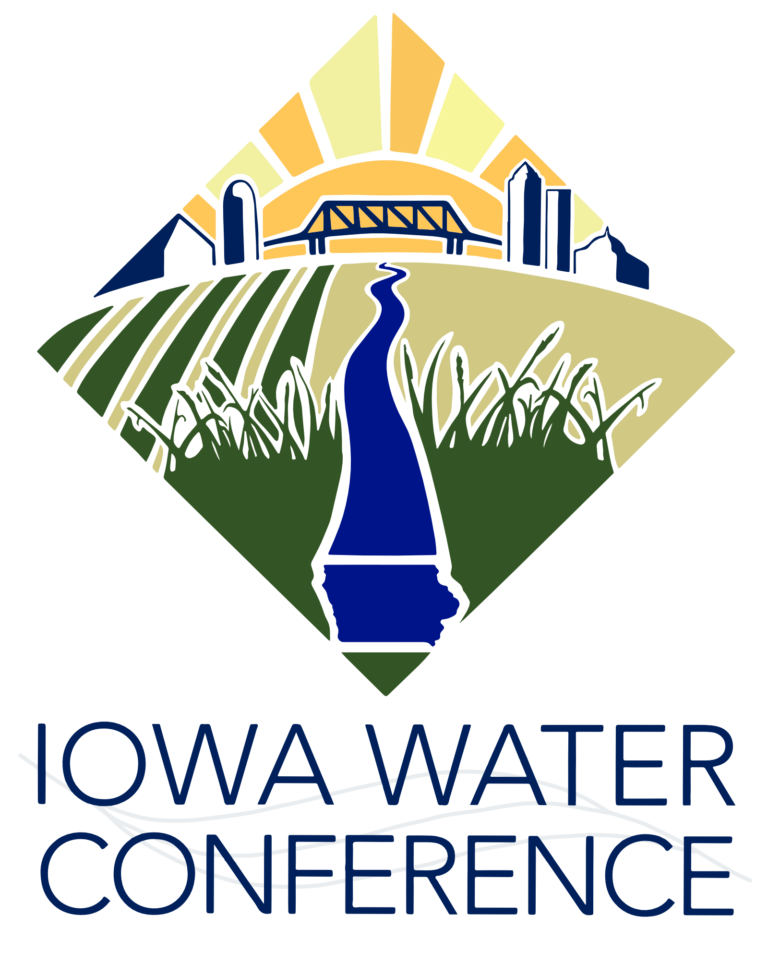In honor of publishing the 2017 Spirit of the Water Essay Contest, the Iowa Water Center staff have decided to join in and answer the chosen essay prompt for the contest.
This year, the prompt was: Think of a body of water that you are familiar with and the different kinds of benefits that it provides to the surrounding area. Why are places like that worth protecting?
Photo left: An Iowa 3A Cross Country Race after the starting line, Hanna Bates in a Cross Country Race. Photos from 2007.
A Race to the Lake
Story submitted by Hanna Bates, Program Assistant at the Iowa Water Center
“This wouldn’t be so bad, I told myself. But secretly, I knew that I was quite wrong.” ― Bill Bryson, A Walk in the Woods: Rediscovering America on the Appalachian Trail
This was my initial thought at the beginning of each cross county race in high school. Heck, even at the beginning of each practice run when I was dusted from the start by each of my teammates. Our running paths would take us through country golf courses, down empty gravel roads in the countryside, and through state parks that were isolated natural oases among the patchwork of cities and crop fields that make up Iowa. Regardless of where we were running, the path always ended with water, which would be my respite.
I was never very athletic growing up. Scratch that. I was not athletic at all. My athletic career prior to long distance running was a brief stint in volleyball in which I was the substitute for the bottom team (no joke). I sought out running, rather it sought me out, because I was looking for a sport that excluded flying balls and included getting a little lost out in nature. Being out in the woods also provided a break from the pressures of school work and other extracurricular activities.
As Bryson says in A Walk in the Woods:
”Most of the time I am sunk in thought, but at some point on each walk there comes a moment when I look up and notice, with a kind of first-time astonishment, the amazing complex delicacy of the woods, the casual ease with which elemental things come together to form a composition that is–whatever the season, wherever I put my besotted gaze–perfect.”
I was never in it for the race, but for the benefits of green exercise. I was never first, but never last. In my best race I came in 24th out of about 120 racers in the junior varsity heat. During this race my coach sounded kind of surprised and cheered, “wow, you’re actually racing!” along the sidelines of the trail. My intelligent response as I ran by was “what??” in disbelief. Up to that point, I thought he let me on the team just for fun.
As Bryson also notes, the hardest part is discovering that there is always more hill. And that’s where water enters my story. Prairie Rose State Park near Harlan, Iowa is one of my favorite places to run. Almost an island in the middle of farmland, it is a collection of trees, grassy paths, and a good-sized lake. In the muggy heat of August, I would run up steep hills and down winding paths leaving myself a little dazed and directionless. The lake would always be my guide. It was what would keep me going on the trail. I couldn’t go backwards. I couldn’t stop and sit on the trail and wait for the end of the path to come closer. I only had to think of the lake as punctuation mark at the end of a hard run. It served as an exclamation point to the end rather than a simple, banal period.
I would trudge on and it would appear and disappear from a distance. If I could make it to the sandy shore of the lake, I could do anything. As it appeared more frequently and came closer, I knew I was at the conclusion of the trail. When I would reappear from the trees and through the clearing, I would go straight towards the water. I couldn’t peel off my sweat soaked socks fast enough as I would stumble across the sandy beach to the swimming area of the lake. My shoes and socks would be abandoned on the shore without care – I just wanted the cool touch of lake water on my tired legs and feet. I would take in the lake’s embrace as it cooled the heat from a tough run in the woods.
I would often be close to last to emerge from the woods and into the water on group runs, but I was accepted as if I was the first. Places like this are worth protecting because they are welcome to you no matter who you are and why you came. It’s just more than glad that you did. The lake was more than just a finish line, but something worth the trouble when struggling through the challenging terrain. The lake serves so many benefits to the community by providing habitat and and being a popular camping spot, but to me, it served as a milestone for overcoming the large hurdles in long distance running.
In the years since my cross country days it has been emptied of its contents and dredged. I have run a little less and had to trade in dirt paths for tough concrete. I visited the lake once when it was undergoing repair. It looked like a crusty pockmark waiting to be a healthy habitat again. It has since been refilled and back to its old glory, which has been a reminder for me to come back to nature on my runs. I can’t wait to visit home, put on my running shoes, and race to the lake.




